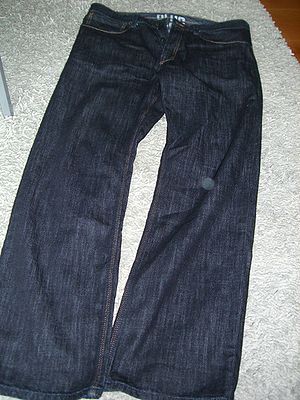Our industrial civilization uses an ever-increasing amount of fuel. Fuel that's getting harder to find. We've mined all the easy-to-get oil, and what remains is hard to get, has safety issues (like the gulf-well you've heard so much about on the news), is expensive to get, like Canada's immense oil sands, or has some other issue.
But without energy, our transportation will not go. Economists remind me that transportation powers civilization. As an example, they say New York has only 3 days of food. If all the trains and trucks stopped, the supermarkets would run dry of food, hunger would set in, and with it, anarchy and riots. And every time the price goes above a certain point, it's freakout city.
So. How to power the trucks and trains? Electricity would require inventing better batteries, because even a small car uses power on the order of
kilowatts.
* Coal
America has a metric insane supply of coal. Coal-powered trains have been around practically since trains were invented. Unfortunately, an external boiler on a truck probably wouldn't work as well.
However, there's a second way to use coal. A number of chemical processes can make a gasoline-like fuel from coal or natural gas. This was discovered in World War II-era Germany, which had very few sources of oil available to it on account of world-wide blockade. They wished to use tanks to continue their war, and tanks need gasoline to operate. Strangely enough, this is not the first time that German chemists rose to the rescue for a wartime need, the Haber process was invented for the nitrogen-related shortages of World War I, which now feeds some 2/5ths of the earth.
So, the main advantages to this are that it would be super cheap, use only national resources in most countries, and has an excellent supply. The main disadvantages are that it would exacerbate environmental issues (even clean coal is merely
extremely filthy compared to the
absurdly filthy regular coal), and the costs of the coal mining industry (which tends to destroy both the land it mines and the people who do the mining.)
* Natural Gas
Natural gas is actually one of many types of hydrocarbons, generally a liquid or gas at room temperature. It would work well as a motor fuel, but the engine would have to be specifically tooled for it. It is widely available, worldwide.
It's reasonably clean, aside from the carbon.
* Nuclear
My favorite power source, available from Uranium, extractable in America in the southwestern desert, Australia, and Nigeria, or Thorium, extractable from seawater. Better suited to large vehicles. Vehicles would travel thousands of miles between fuelings.
Good plan if there's some sort of plan for the nuclear waste. (I recommend recycling it.)
* Solar
Impractical unless on Mercury. Solar energy density not quite high enough.
* Wood
A very plentiful substance produced by trees. Wouldn't work well outside an external boiler, which is far more practical for a train than a truck.
* Antimatter
This would be best, but we have maybe a nanogram of the stuff total. Not nearly enough to power much of anything. Antimatter could react with anything, and would produce no pollution whatsoever. I would recommend using things with negaive value, like toxic waste or garbage, as reaction mass.
* Methanol/Ethanol
These readily available chemicals are easily produced from organic sources, and burn like high octane gasoline. Brazil uses this, but in the US, we'd need to up the gas milage of our fleet, or else 110% of our land would have to be dedicated to fuel-crops. (Needless to say, a tad of a mathematical possibility!)
* Some not yet invented fuel
Chemistry holds a lot of promise.
So then...how to power the fleet?

